What kind of soil does cabbage like?
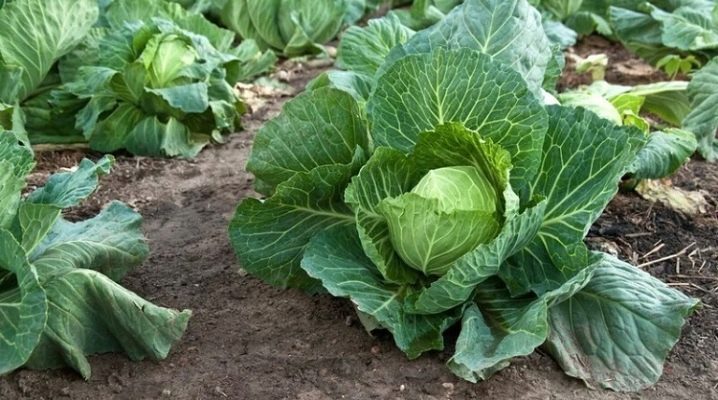
Among the popular vegetables that are grown in our country, cabbage is not in the last place. It should be noted that the plant has high requirements for the quality of the soil and not only. It will take a lot of work to get a rich harvest.
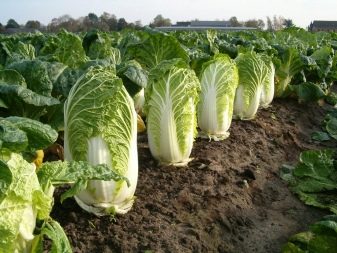
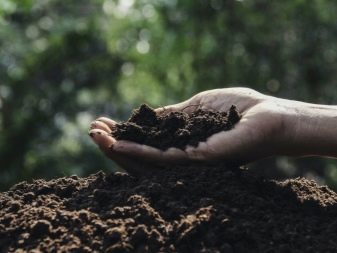
Suitable type and its definition
When growing cabbage, you need to pay attention to the soil moisture level, temperature, amount of light and other parameters.... So that the work is not in vain, you need to plant the plants in a fertile, nutritious and moderately moist soil. The described plant will not give a rich harvest in acidic soil. Any top dressing applied to such soil is not very effective, since neither minerals nor vitamins from the earth are absorbed by the plant.
Depending on the type - early or late - Cabbage grows best in light or fertile and moist soil, although not overly wet. Cabbage will not work if you plant it in sandy soil or swampy areas. Before planting cabbage, you must also make sure that there are no weeds in the soil. Cabbage loves soil with good texture. Sandy-clay soil, turf and humus in a one-to-one ratio are not bad. Wheat, oats, potatoes, or buckwheat are good precursors. Rapeseed, mustard, spinach, beans or beetroot can have an adverse effect.
The soil should have a significant proportion of humus and be rich in nutrients. Heavy soils are not suitable for growing this plant. You can understand the type of soil if you roll it into a small sausage, the thickness of which should be 3 cm. If you can make a ring that holds its shape, then this is a clayey, heavy soil. When cracks appear on it - loam. Sandy or sandy loam soil crumbles.
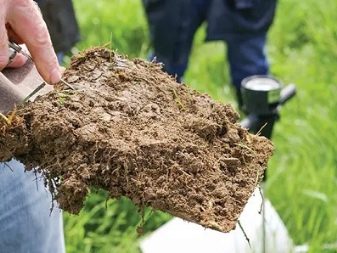
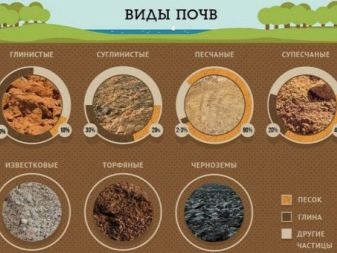
Other parameters
Acidity
There are several methods for determining the acidity of the soil. A specialty store sells litmus tests. Depending on the pH level, the reagent on their surface changes color. High acidity is indicated by a red tint. A more expensive option is a special device. Only with its help can you get the most accurate result. The display shows not only pH, but also the level of humidity.
Table vinegar also helps determine the acidity of the soil. It is poured in a small amount on the ground, when bubbles appear, we can talk about an alkaline environment. If not, then the soil is acidic. To determine the pH with soda, you will first need to stir the earth with water until it becomes thick sour cream. The composition is sprinkled with soda, the acidity of the soil is characterized by a slight hiss and the appearance of bubbles.
The soil in the open field should be with a pH of 6.5 - 7.2. Sulfur is used to deacidify it. It combines with calcium to form calcium sulfate (gypsum), which is washed out of the soil together with sediments. Unfortunately, sulfur takes other minerals along with it.
To a lesser or greater extent, the addition of high doses of sulfur has a negative effect on most of the trace elements necessary for plant growth. That is why it will be necessary to fertilize the soil well after the procedure before planting. In this case, you can add a rich dose of manure per year.

Humidity
It is rather difficult to provide the vegetable with the appropriate soil requirements, since the plant does not tolerate excess moisture, since it causes cracking of the heads, rotting of the lower leaves and the development of fungal-type diseases. Due to the high waterlogging, the risk of not only diseases, but also pests, increases. This vegetable should not be planted in an area where plants from this family previously grew. The minimum crop rotation period should be at least three years.
How much water a cabbage needs depends on the growing season. At the stage of head formation, the plant is watered more intensively. This vegetable should not be planted in the lowlands. Such actions slow down growth, cause disease and ultimately lead to the death of young cabbage. If the root system is in waterlogged soil for more than 8 hours, it begins to gradually die. Watering of late varieties is completely stopped one month before the onset of the full ripening stage.
There are several types of watering that are suitable for this vegetable.... The most commonly used option is small furrows made around the planting. Such irrigation also has some disadvantages - it should not be used in sandy soils and after planting seedlings. The roots of the plant are still too small and weak to get to the water, therefore, during this period, watering is carried out under the root zone.
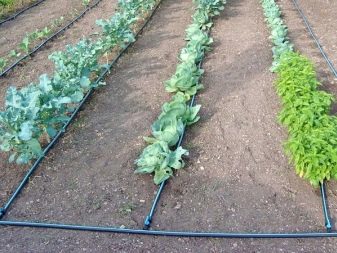
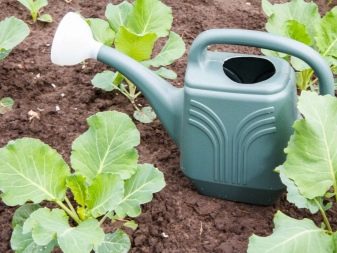
It is also worth remembering that root watering leads to the formation of a dense crust on the soil surface. It is best to use a drip system when growing cabbage. This method is extremely effective:
- it can be used on all soils;
- water enters the root zone and the passages remain dry;
- fluid flows only when needed.
This method only has one flaw - the price of such an installation is quite high.
Novice gardeners ask questions about how often to water the cabbage. If it is hot and dry, it is advisable that water be supplied to the roots at least once every eight days. If the soil contains a lot of sand, more frequent watering is needed. It can be determined that the plant does not have enough moisture by the level of growth of the green mass. Even an inexperienced grower can determine the level of soil moisture. To do this, you need to take a lump of earth and try to roll it up. If it looks like a powder, then it is from 0 to 25% moisture. Moisture capacity is 25-50%, when a lump can be rolled up, but it immediately crumbles. It's time to start watering the plants in both cases.
It also happens that the earth takes shape in the hands, the soil remains on the fingers, in this case the humidity level is 75-100%. With this condition of the soil, watering is not required yet. If water is released from the ground when pressed, it is considered waterlogged.
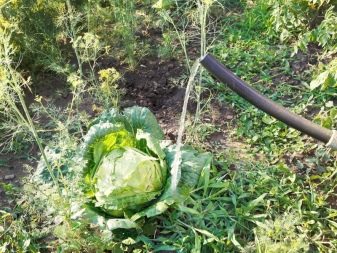

Temperature
Temperature is another factor affecting the yield of cabbage. Plants do not tolerate too low levels, as well as high values. Cabbage prefers + 18-20 ° C. Several days with small differences in either direction will not cause much harm to the plants, but prolonged cooling can stimulate premature flowering, which will harm the formation of heads of cabbage. In this regard, the cultivation of white cabbage, especially early varieties, is common in our country in the form of seedlings.
The temperature during planting in the ground should be about + 15 ° C, and during the setting of heads of cabbage - about + 18 ° C. There are several methods for determining this indicator:
- use a thermometer;
- inspect the surrounding plants.
Many novice growers use a thermometer, which is placed in a small depression in the ground and buried in the ground. Ten minutes is enough to see the soil temperature. Experienced growers inspect the plants that grow around the cabbage and have already begun to grow. Dandelions quickly grow in size when outdoors between 10 and 15 ° C with a plus sign. Birch leaves unfold under such conditions.

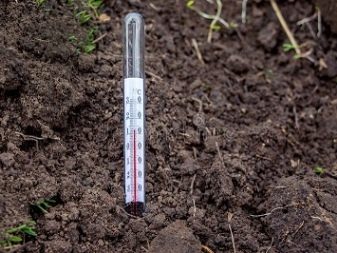
Soil preparation during planting
Since summer or autumn, work is underway to plow the site for planting. In the spring, the earth will need to be loosened with a rake, and a couple of days before planting the cabbage, they dig it up again, but that's not all. Before planting seedlings, it is necessary to properly prepare the soil. It will be necessary not only to qualitatively fertilize it with humus, but also to carry out processing so that pests do not cause trouble in the future. Cabbage is grown in the first or second year after laying the manure. Organic fertilizers should be added for autumn plowing. It is required to introduce not only organic matter, but also mineral complexes.
Fertilizers with phosphorus and potash can be fed to plants in the spring, before planting. To help the cabbage, half the dose of nitrogen fertilization is administered before planting the seedlings, and the full dose during the rest of the growing season. An excess of nitrogen should not be allowed, since in this case there is an accumulation of nitrates and nitrites in the cabbage heads. Magnesium supplementation is also necessary for proper development. In the case of red cabbage, it is worth increasing the potassium dose as it improves the color intensity of the leaf. Care must be taken to use nitrogen in this particular case, its excess reduces the content of anthocyanins.
Before planting, it is advisable to add wood ash to the soil. This is not only a complex fertilizer, this substance disinfects the soil. A glass of ash is enough for one square meter. The maturity of the soil is easy to determine. At a depth of 5-18 cm, they take soil, make a lump out of it and throw it from a height of about a meter onto a hard surface.
The soil has matured when it crumbled, you can start field work.
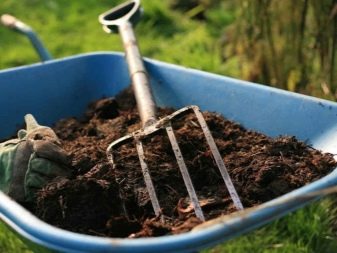
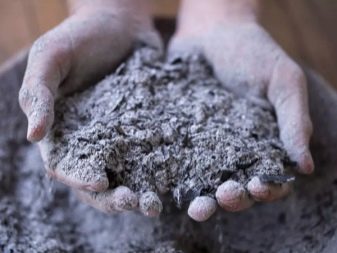













The comment was sent successfully.